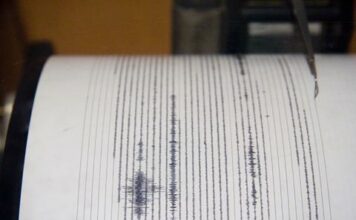Humans have been eating chocolate for almost 2,000 years. The
Mayans and Aztecs of Central and South America found that seeds of
the cacao (kuh-KOW) tree could be roasted and ground into a paste
that dissolved in water. Nobles drank the frothy mixture, believing
that it brought wisdom and knowledge.
Humans have been eating chocolate for almost 2,000 years. The Mayans and Aztecs of Central and South America found that seeds of the cacao (kuh-KOW) tree could be roasted and ground into a paste that dissolved in water. Nobles drank the frothy mixture, believing that it brought wisdom and knowledge.
In 1519, Spanish explorer Hernando Cortez was served ‘chocolatl’ by Emperor Montezuma of Mexico. The bitter drink was flavored with chile peppers. But sweetened with cane sugar, the drink began to catch on in Spain and the rest of Europe.
Spain planted cocoa in its tropical colonies to meet the demand. But the processing of the beans, which had to be fermented, dried, roasted and ground, was a secret. It was done behind the high walls of monasteries and became a very profitable business. Spain kept its chocolate secret for nearly a century.
In 1606, Italian traveler Antonio Carletti discovered and published the secret of processing cocoa beans.
The world would wait centuries for the hydraulic chocolate press, Dutch-processed chocolate, milk chocolate, and a decent chocolate bar. But a name change happened sooner. A misspelling of ‘cacao’ by an English importer in the 1700s is probably why we call it ‘cocoa.’
– The Christian Science Monitor












